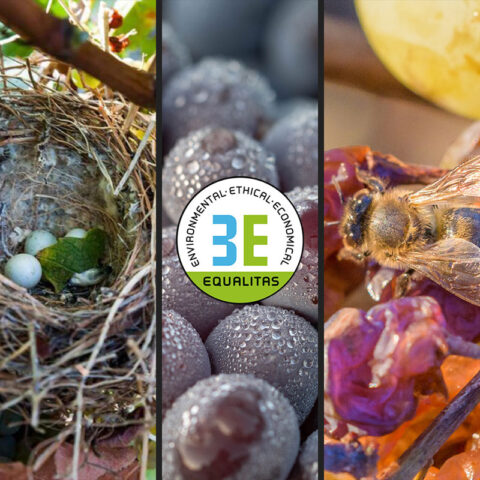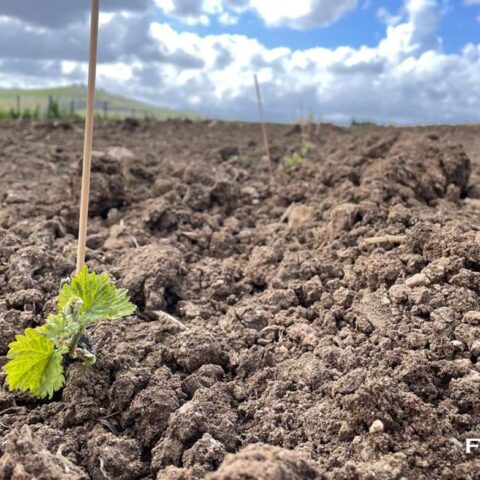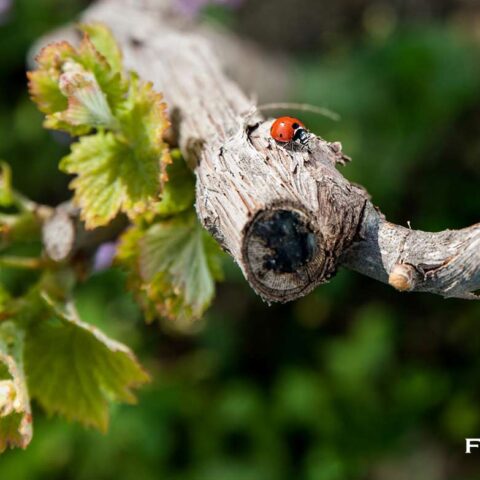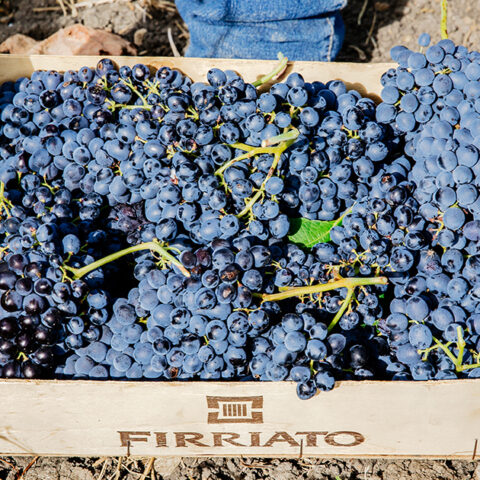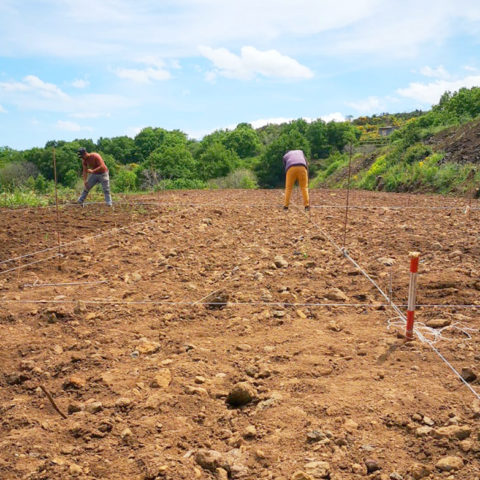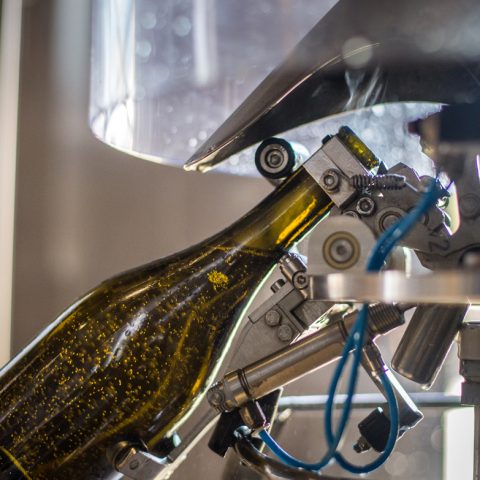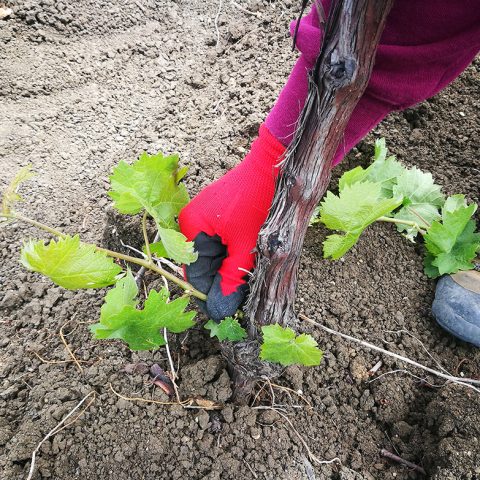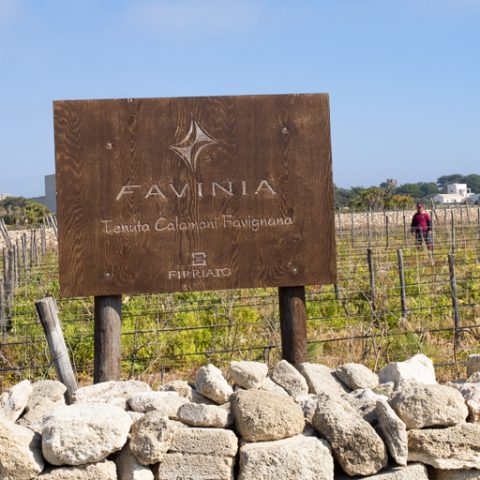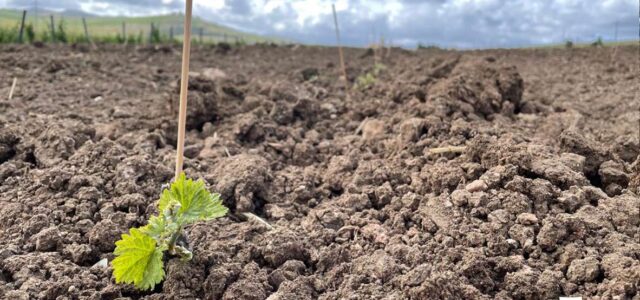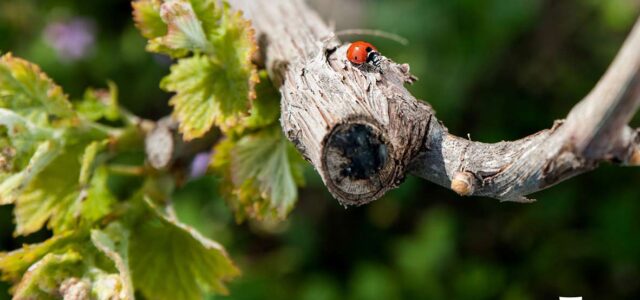THE PROVINCE OF TRAPANI AND ITS MILLENARY VITICULTURE
The millenary tradition of Sicilian viticulture

Vine has crossed generations, ages, centuries, and several dominations in Sicily. Together with olive, vines can be considered as a symbol of the history in this land, that element allowing to offer a piece of tradition and vine between old and young generations. The history of Sicilian viticulture started with the Greeks in eastern Sicily between VII and VI century B.c. ; however some researchers assume Phoenicians introduced the vine as far back as VII century B.c. However the most appealing data refers to the discovery of organic remaining in some jars of the Copper Age on the ante-diluvian Kronio and Sant’Ippolito Mount. This is the reason why, it is possible to assert that Sicily can boast 6000 year-old viticulture, one of the most ancient worldwide.
Soil and climate
The several and different texture of Sicilian soil frame draws attention. From the Etna volcano which eruptions generated lava soils, rich in mineral elements, to the calcareous texture of the lands mostly located in western Sicily, including the clay and tuff terrains. The kaleidoscopic variety of lands having shaped the landscapes over ages, is something happening once in a blue moon, making Sicily a real small continent. On the other hand, speaking about climate, hilly and coast areas are influenced by the Mediterranean influece with a low level of precipitations over mild winter. In the hinterland climate is most continental, cold and gelid weather embraces certain areas , with impressive temperature fluctuations between day and night.

The vines in the Trapani countryside

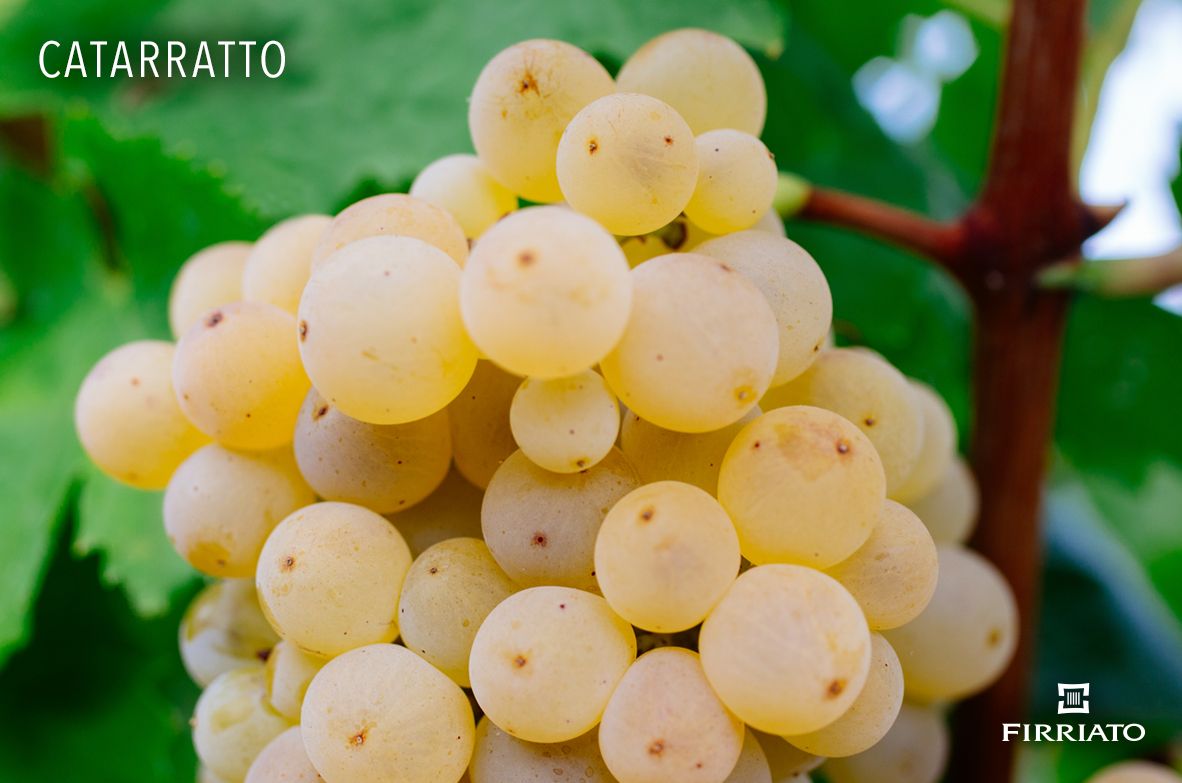

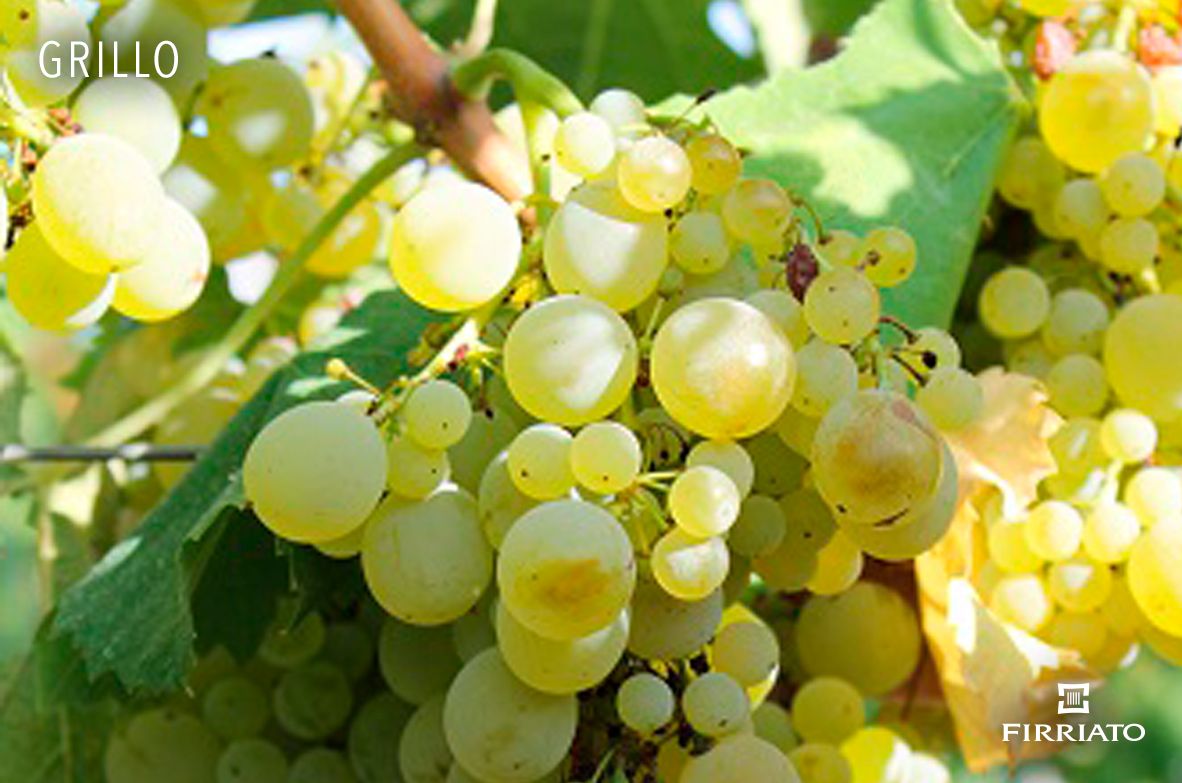
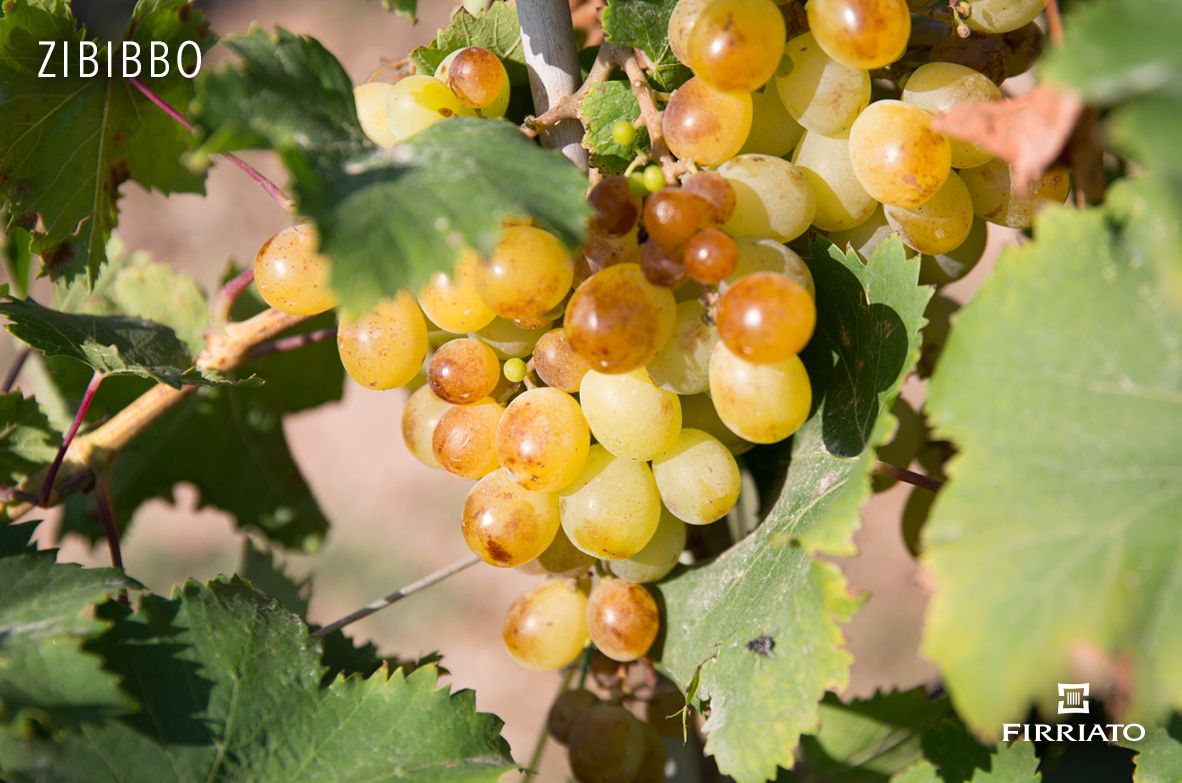





In Sicily, the Trapani countryside area (where Firriato owns 4 estates), is one of the most suitable for vinegrowing. Here, the magic combination between sea and earth elements, sun and wind generate a nourishing heritage allowing a good development of vine which wine reflects all the notes and fragrances of Sicily in the final glass. Red grapes Perricone, Nero d’Avola standout for being the two leading player in this part of land while white Grillo, Catarratto and Inzolia grapes enliven the palate of producers and winelovers.
Firriato and Trapani: labels that have developed a following
Any winelover with a sincere passion for nature and winemaking philosophy would be spoilt for choice among Firriato’s Trapani countryside estates: from Borgo Guarini to Baglio Sorìa, from Pianoro Cuddìa to Dàgala Borromeo. Actually, in the Trapani countryside, Firriato’s production includes remarkable reds such as Camelot, Harmonium and Ribeca, so overawarded by international crictics, or the petillant line, like the Charme and Saint Germain supposed to be considered as the most authentic bubbles of Sicily. Last but not the least, it would be mandatory to mention Altavilla della corte line, white and red, and the organic line of Caeles, representative wines of the steady Firriato’s committment to the organic sustainable viticulture.










